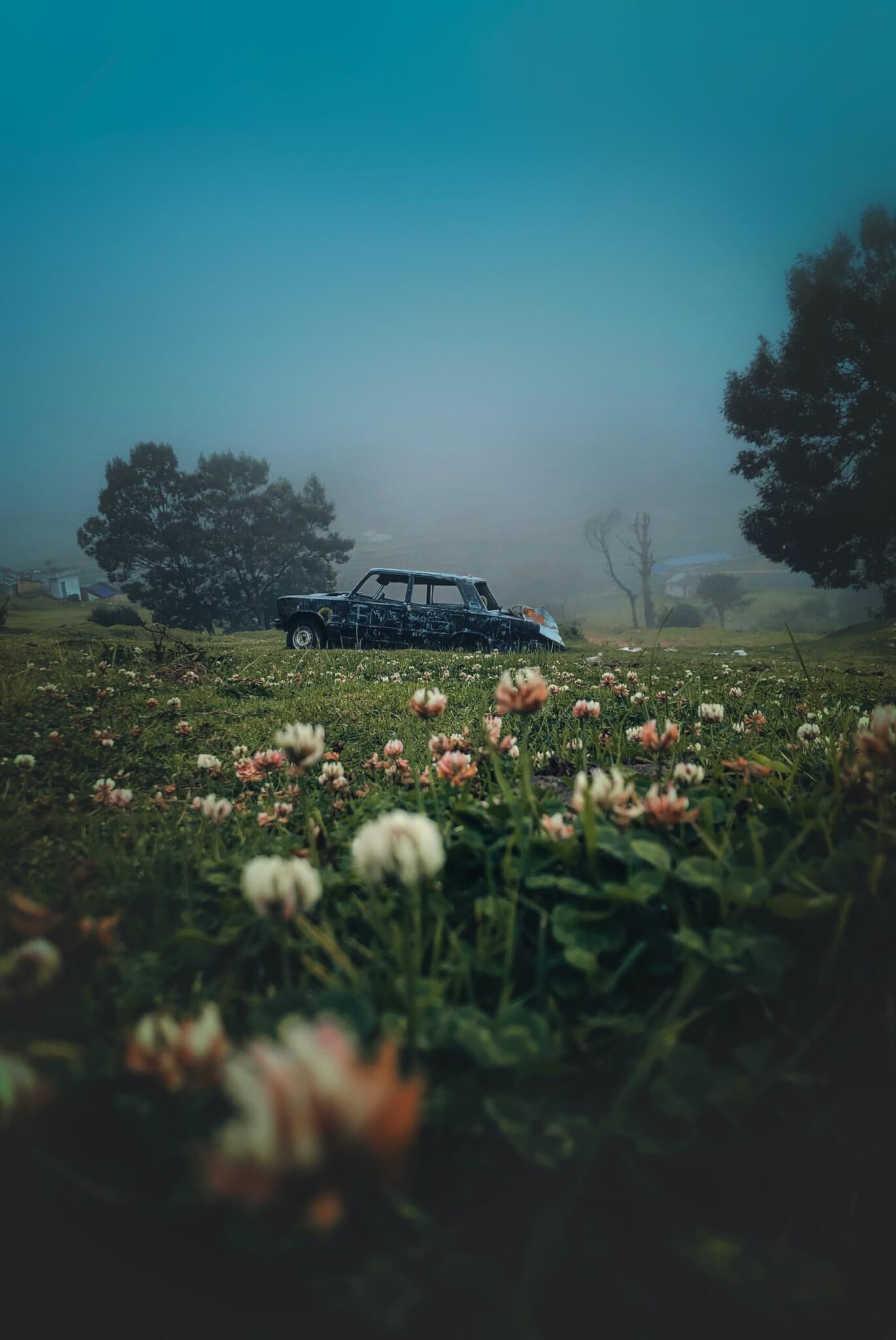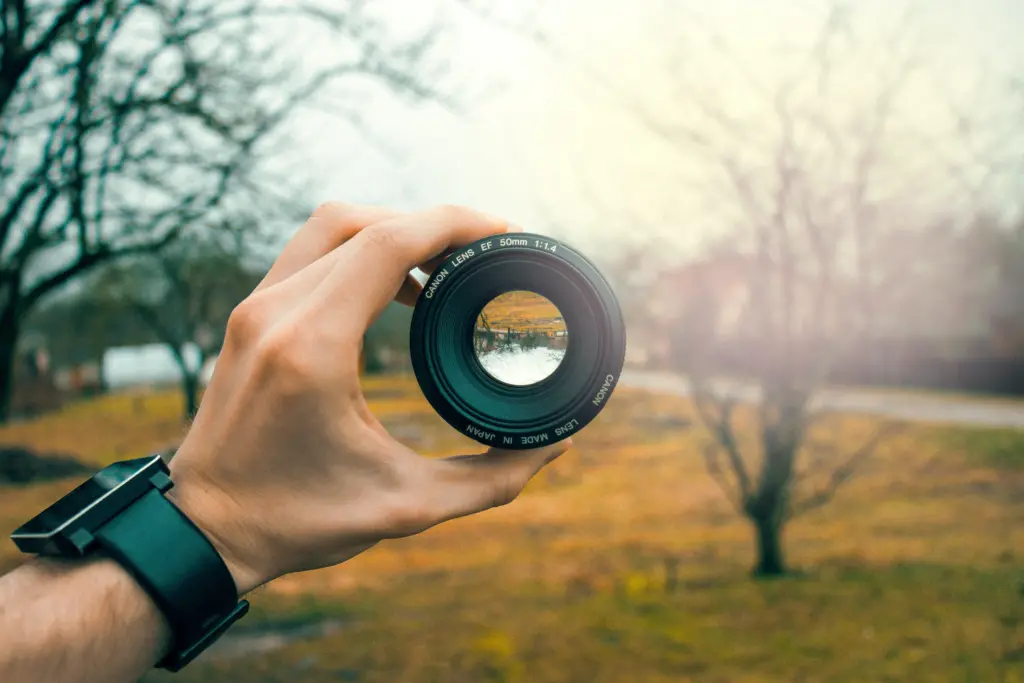“Capturing the Beauty of the Great Outdoors”
Landscape photography is a popular genre that captures the beauty and grandeur of the natural world. Whether it’s a serene mountain vista, a rugged coastline, or a sweeping prairie, landscape photography can transport us to some of the most stunning locations on the planet. In this article, we’ll explore the art and science of landscape photography, including gear, technique, and composition tips to help you capture breathtaking images of the great outdoors.
The Gear: What You Need for Landscape Photography
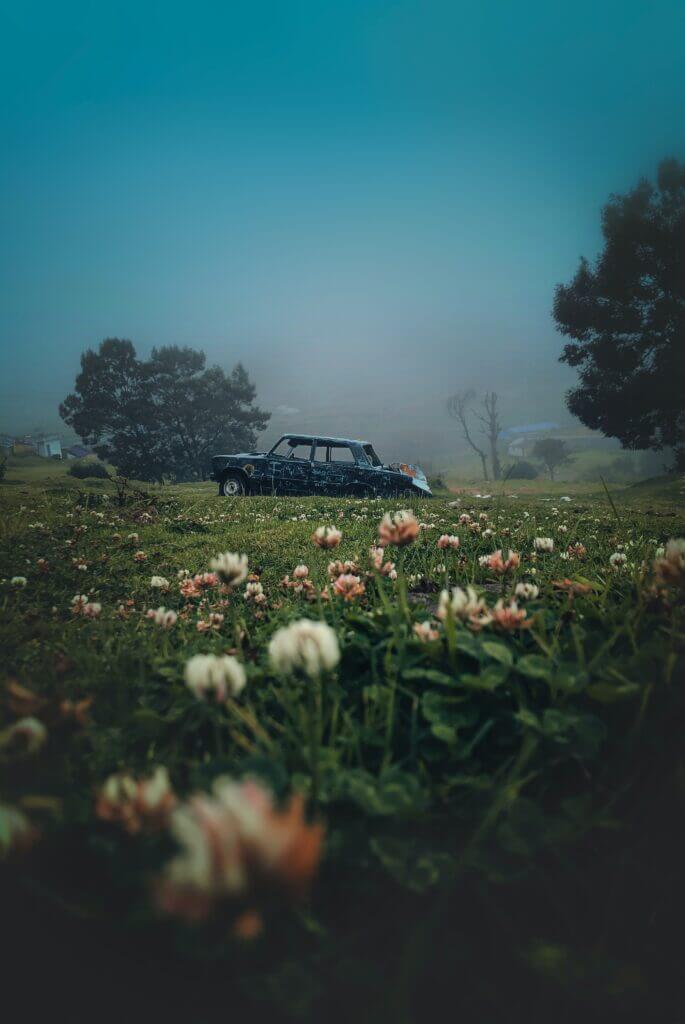
Before you can begin capturing stunning landscapes, you need to have the right gear. While you don’t need the latest and greatest camera equipment to take great landscape photos, there are a few essential items that will help you achieve the best results.
Camera: For landscape photography, a good-quality DSLR or mirrorless camera is necessary. To take clear, detailed pictures in low light, look for a camera with a high-resolution sensor.
Lens: For capturing landscape photos, a wide-angle lens is a must-have since it enables you to have a broad field of view. For full-frame cameras, look for a lens with a focal length of 14–24mm, or for APS–C cameras, a focal length of 10–20mm.
Tripod: Landscape photography requires a robust tripod in order to maintain camera stability and capture images with long exposure times. Choose a tripod with a ball head for simple placement and the ability to sustain the weight of your camera and lens.
Filters: Polarizers and neutral-density filters are helpful for landscape photography. By reducing the amount of light entering the camera, neutral density filters enable you to take long exposure photos with slower shutter speeds. Polarizers are perfect for capturing reflections and foliage because they lessen glare and improve colors.
The Technique:
How to Shoot Landscape Photos?
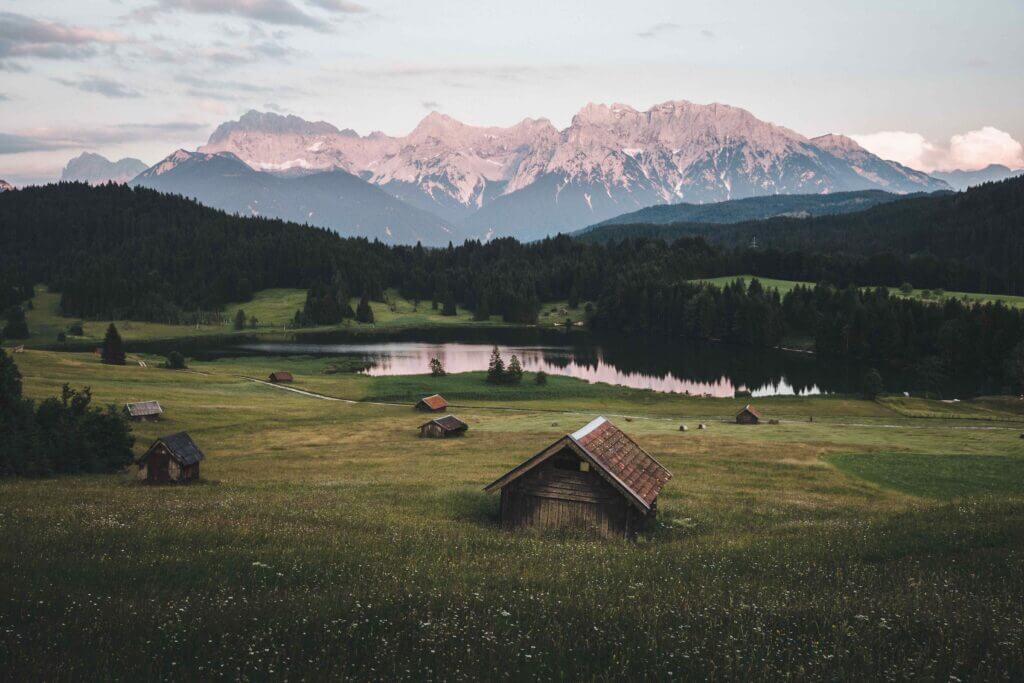
Once you have the right gear, it’s time to start taking photos. Here are some tips to help you get started:
Scout Locations: Before you start shooting, scout potential locations for your landscape photos. Look for interesting compositions, foreground elements, and lighting conditions that will help bring your photos to life.
Use a Tripod: As mentioned earlier, a tripod is essential for landscape photography. Use it to keep your camera steady and take long exposure shots, such as waterfalls or star trails.
Use Manual Mode: In landscape photography, you have complete control over the exposure settings. Use manual mode to set the aperture, shutter speed, and ISO to get the right exposure for your scene.
Pay Attention to Light: Light is one of the most important aspects of landscape photography. Pay attention to the direction and quality of light, as well as the time of day, to capture the best possible photos.
Look for Compositions: A good landscape photo is more than just a pretty view. Look for interesting compositions, such as leading lines, patterns, and symmetry, to create a visually compelling image.
The Composition: Creating Stunning Landscape Photos Composition is the art of arranging the elements in your photo to create a visually pleasing image. Here are some tips to help you create stunning landscape compositions:
Use the Rule of Thirds: The most important elements of your shot should be placed along the lines of the rule of thirds, which divides the frame into thirds vertically and horizontally in order to create a balanced and visually acceptable composition.
Look for Leading Lines: In your shot, use leading lines to direct the viewer’s attention through the scene. Look for anything that might form leading lines in your photograph, whether they’re man-made or natural, such as rivers, fences, or highways.
Incorporate Foreground Elements: Foreground elements can add depth and interest to your landscape photos. Look for rocks, and flowers, or to incorporate foreground elements in landscape photography
Incorporating foreground elements is a great way to add depth and interest to your landscape photos. Here are some creative ways to incorporate foreground elements in your photos:
Use a Wide Angle Lens: A wide-angle lens can help you capture more of the foreground in your photo. Look for interesting rocks, flowers, or other elements that can add depth to your image.
Get Low: Getting low to the ground can help you capture more of the foreground in your photo. This can be especially effective if you’re photographing flowers or other low-lying elements.
Frame Your Shot: Look for natural or man-made frames that can add interest to your foreground. This could be a tree branch, a rock arch, or even a doorway.
Use Reflections: Reflections are a fantastic method to add foreground details to your photograph. Find quiet water that can reflect the foreground and give your picture depth, such as lakes or ponds.
Experiment with Depth of Field: Different aspects of your photograph may be made sharper by adjusting the depth of field. To obscure the background and make the foreground stand out clearly, try using a shallow depth of field.
Use Leading Lines: The foreground of your image may be effectively emphasized by using leading lines. Look for lines, natural or artificial, that might draw the viewer’s attention toward the foreground, such as fences and highways.
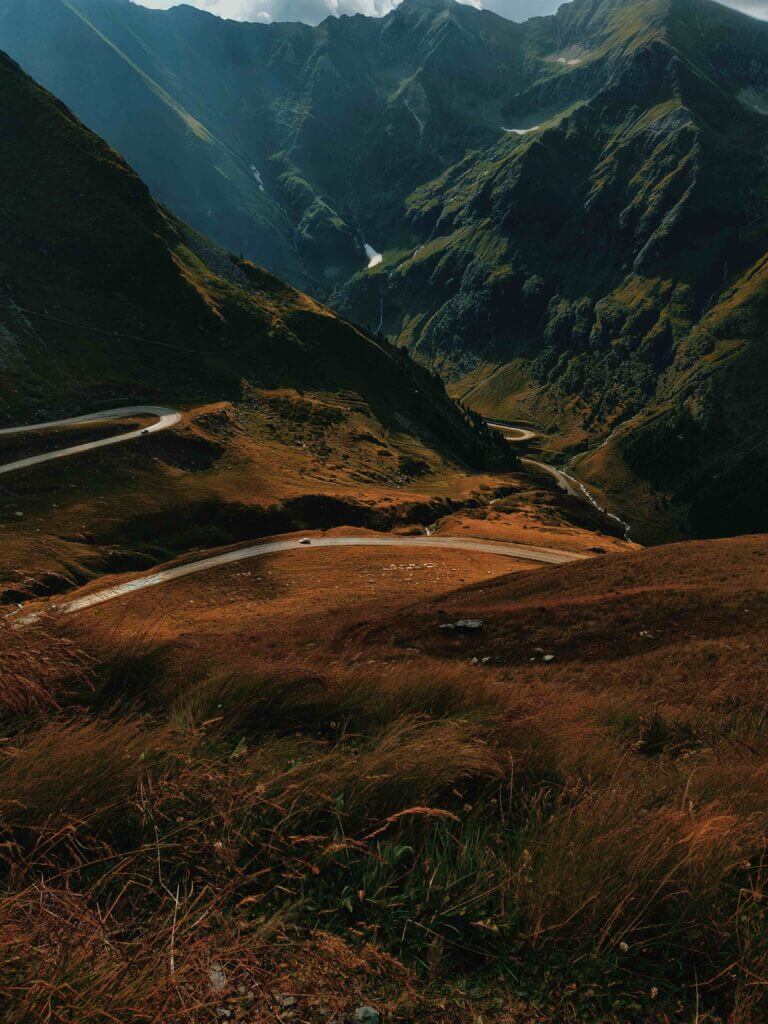
Incorporate People or Animals: Adding people or animals in your foreground can help create a sense of scale and add interest to your image. Look for hikers, wildlife, or other subjects that can add a human or natural element to your photo.
Incorporating foreground elements into your landscape photography can take your images to the next level. By using these techniques, you can create stunning photos that capture the beauty and depth of the natural world.
In conclusion, Getting overexposed, blurry, or badly composed photos can be more frustrating, but rather than letting such photos discourage you, use them as a learning tool. The next time you get a bad photo; don’t immediately hit the delete button. Instead, spend some time studying the photo to work out what went wrong and how you could improve it.

